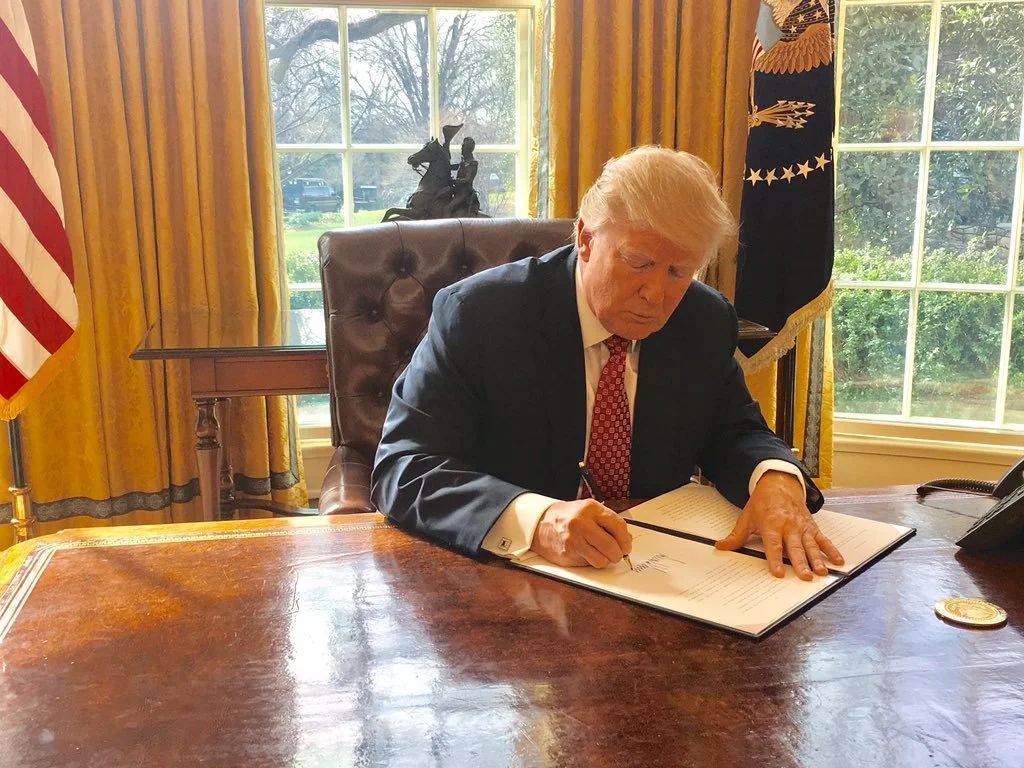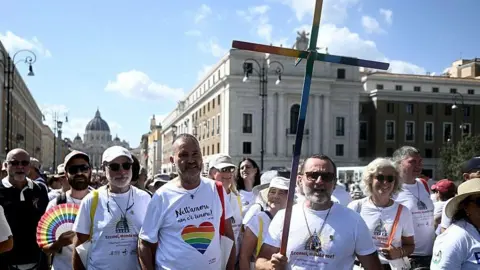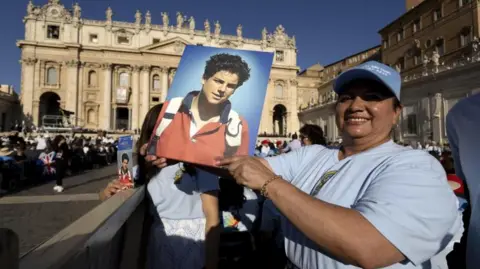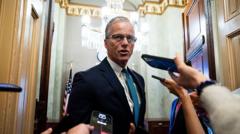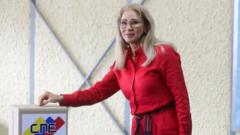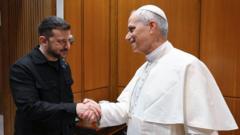The Vatican conclave has entered its second day as 133 cardinals gather in the Sistine Chapel, working towards electing a new pope after the death of Pope Francis last month. Having failed to agree on a candidate during the first day of voting, the cardinals will continue their secretive discussions, cut off from phones and the internet, until a two-thirds majority is reached.
This conclave, significant for being the first in over a decade, showcases a diverse assembly, many of whom are meeting for the first time. Tensions linger as the church grapples with its direction, strained finances, and a need for healing amid previous scandals.
Voting will proceed through multiple rounds daily until a consensus is achieved. With a history that ranges from swift decisions to prolonged debates, this conclave is unique; it features a larger assembly and contrasting ideologies, from progressive calls for inclusivity to conservative instincts for tradition.
As cardinals weigh their options, the election and its outcome are poised to reflect their desire for either continuity in Francis’ policies or a shift to a more conservative stance. No one can predict the voting duration, with expectations ranging from a few hours to several days. Smoke signals from the Sistine Chapel will confirm the results of each session—black for no decision, white for a new pope. Each vote remains confidential, sticking to a process rooted in centuries of tradition, ensuring this eleventh-hour election remains under wraps.
As anticipation builds in the Catholic community and beyond, the world watches closely to see who will emerge as the new leader of the 1.4 billion Catholics.
This conclave, significant for being the first in over a decade, showcases a diverse assembly, many of whom are meeting for the first time. Tensions linger as the church grapples with its direction, strained finances, and a need for healing amid previous scandals.
Voting will proceed through multiple rounds daily until a consensus is achieved. With a history that ranges from swift decisions to prolonged debates, this conclave is unique; it features a larger assembly and contrasting ideologies, from progressive calls for inclusivity to conservative instincts for tradition.
As cardinals weigh their options, the election and its outcome are poised to reflect their desire for either continuity in Francis’ policies or a shift to a more conservative stance. No one can predict the voting duration, with expectations ranging from a few hours to several days. Smoke signals from the Sistine Chapel will confirm the results of each session—black for no decision, white for a new pope. Each vote remains confidential, sticking to a process rooted in centuries of tradition, ensuring this eleventh-hour election remains under wraps.
As anticipation builds in the Catholic community and beyond, the world watches closely to see who will emerge as the new leader of the 1.4 billion Catholics.




